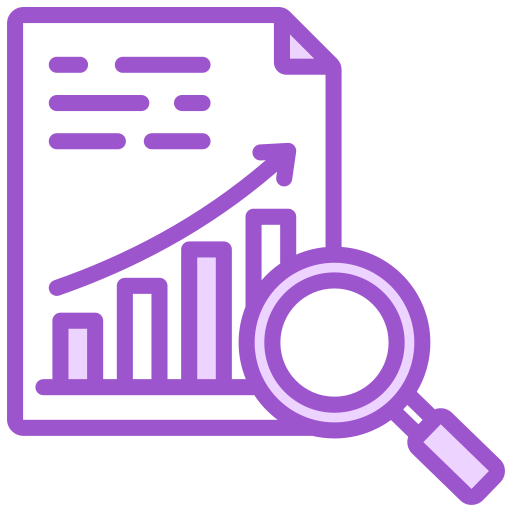
The National Science Foundation (NSF) Harnessing the Data Revolution (HDR) Institutes are an integrated fabric of interrelated institutes that aim to accelerate discovery and innovation in multiple areas of data-intensive science and engineering.
Learn about HDRThe HDR Ecosystem hosts a repository of resources for educators, trainers, STEM outreach volunteers, and learners. Designed for everyone from PHD researchers to K–12 to the general public.
View all resourcesReal-World Impact from Data-Driven Science

A new catalog brings together public code, datasets, models, and spaces in one hub to support AI for nature research.

Designing clear user experiences and features that help researchers navigate complex geospatial workflows.

Workshops & Conferences

Collaborators

Team Members

Papers Published

Universities Represented